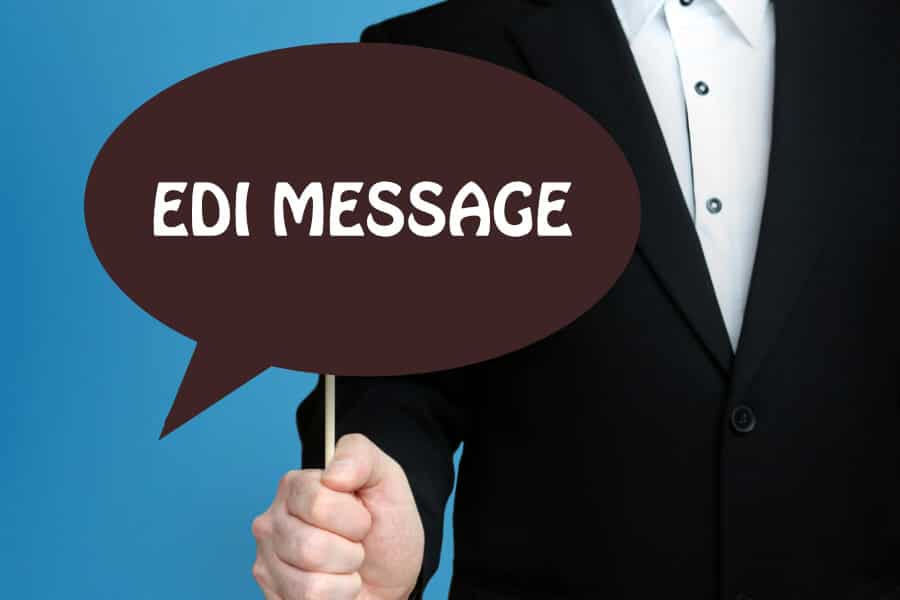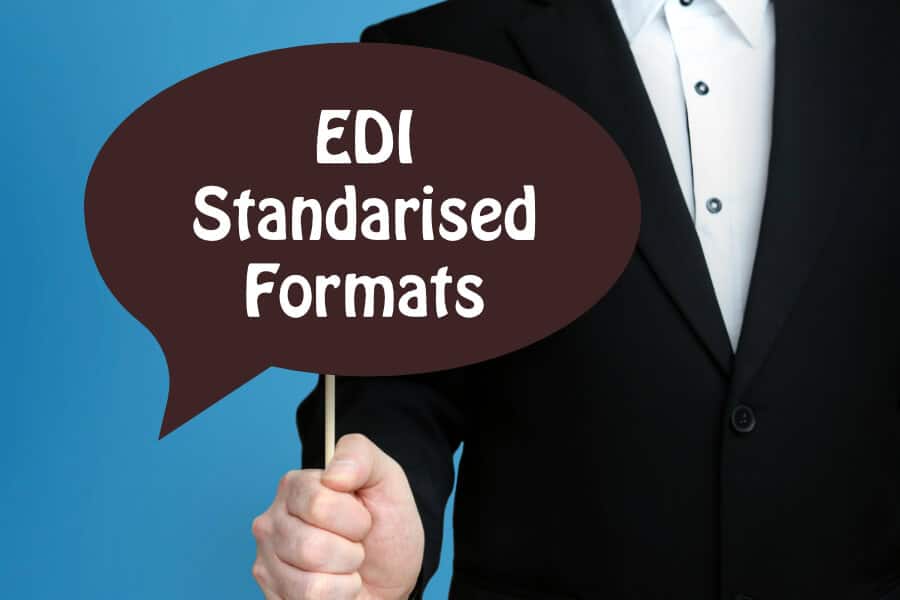Guide to EDI Messaging
Before discussing the different EDI message types, let’s define what messaging is. Messaging is the sending and processing of messages between a sender and a receiver that are transmitted electronically (by email, text, app, or similar electronic means). EDI messaging is the sending and processing of EDI messages between a sender and a receiver that are transmitted electronically (by computer systems).
What is an EDI Message?
An EDI message is just a business document sent electronically in a standardised format. They are also known as EDI transactions or EDI documents. The standardised format means that the receiver’s computing system can automatically understand the information in the business document since all parts are identifiable and in their correct place. EDI messaging allows trading partners to automate the processing of business documents using their computer systems rather than manually through paper documentation.

What documents can be sent as an EDI message?
Some examples of documents sent as EDI messages include:
- Purchase Order
- Invoice
- Advanced Shipping Notice
EDI Standardised Formats
EDI standardised formats define the structure of the EDI message and will specify what information goes where within the structured message. There are several EDI standards and examples of these EDI standards include EDIFACT, Tradacoms, EANCOM and ANSI X12.
Businesses can choose their own preferred EDI document standard, so this means that trading partners may, in fact, use different EDI document standards. If this is the case, then the sender’s document needs to be converted to the recipient’s document standard if it is to be accepted into the internal business system of that recipient. An EDI solution converting one document format to another document format is known as mapping.

Finding an EDI Service Provider
As this EDI mapping process requires a significant level of technical ability, the optimum way to help with and implement this for a business is to engage a managed EDI service provider. An EDI service provider such as Celtrino can facilitate the transmission of business documents using an EDI solution – removing almost all internal business effort. Once restructured, the EDI message data can eventually be integrated into back-end systems.
EDI message types
All EDI standards have their corresponding message types. For example, EDIFACT message types are identified by a six-letter reference, but a three-digit number identifies ANSI X12’s. For the EDIFACT standard, an invoice is referred to as INVOIC, whereas the ANSI X12 standard refers to it as 810.
A list of message types for EDIFACT and ANSI X12 standards can be seen below:

How Celtrino EDI Can Benefit You
Whether you are a supplier or a customer, there are many advantages for you to consider when finding the right EDI message types for your business.
Fast UK EDI Onboarding, Fully Managed from Day One
Where others slow you down, we don’t: get expert onboarding, live support, and instant, one-to-one issue resolution.
✅ Onboard fast, no needless delays
✅ Speak to real experts, not bots, queues or dead-end tickets
✅ Clear, upfront pricing, no nasty surprises
✅ Works seamlessly with your ERP, accounting or warehouse systems


